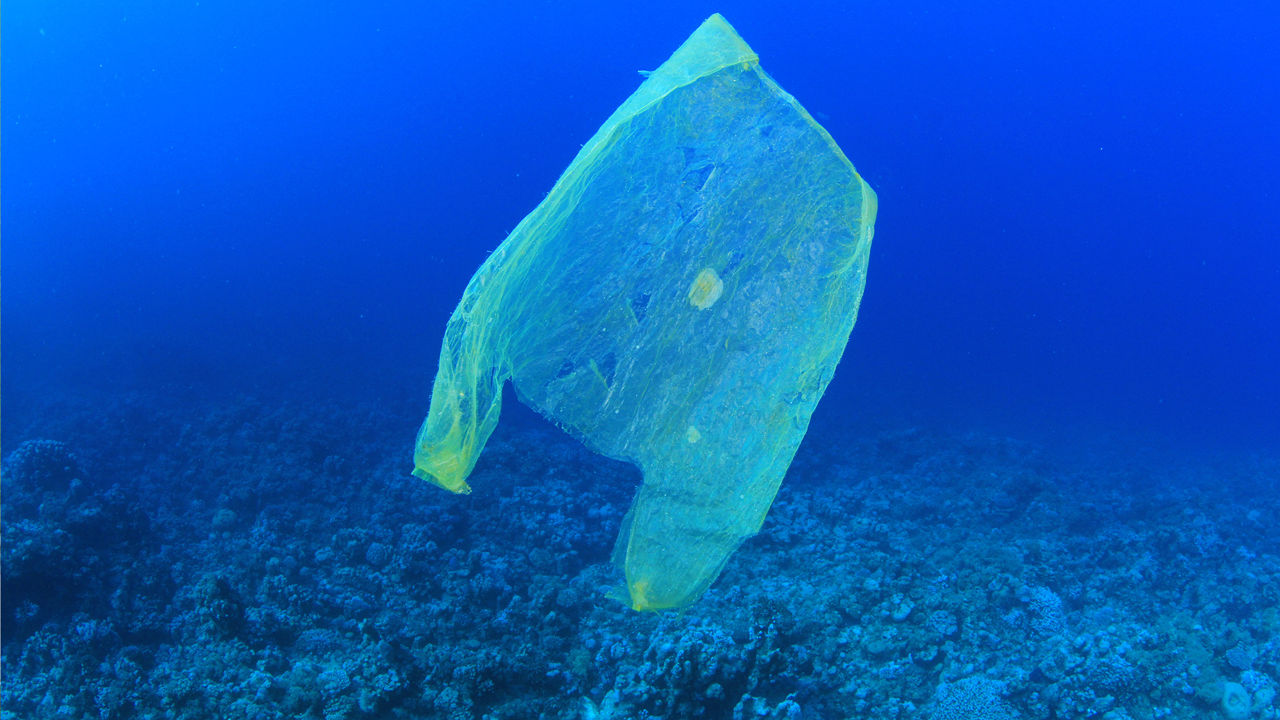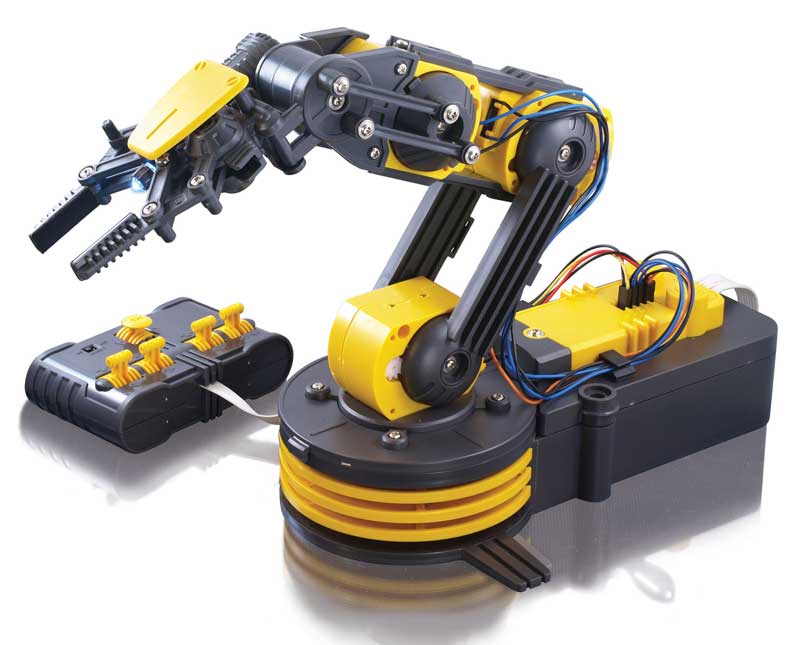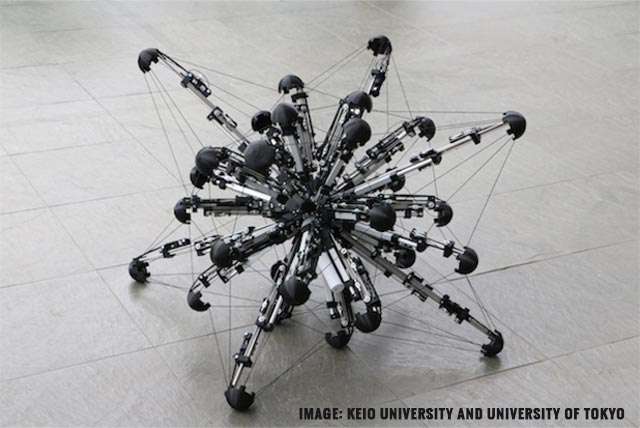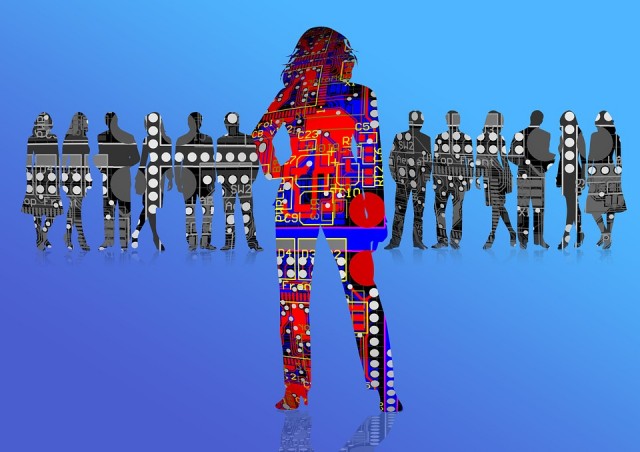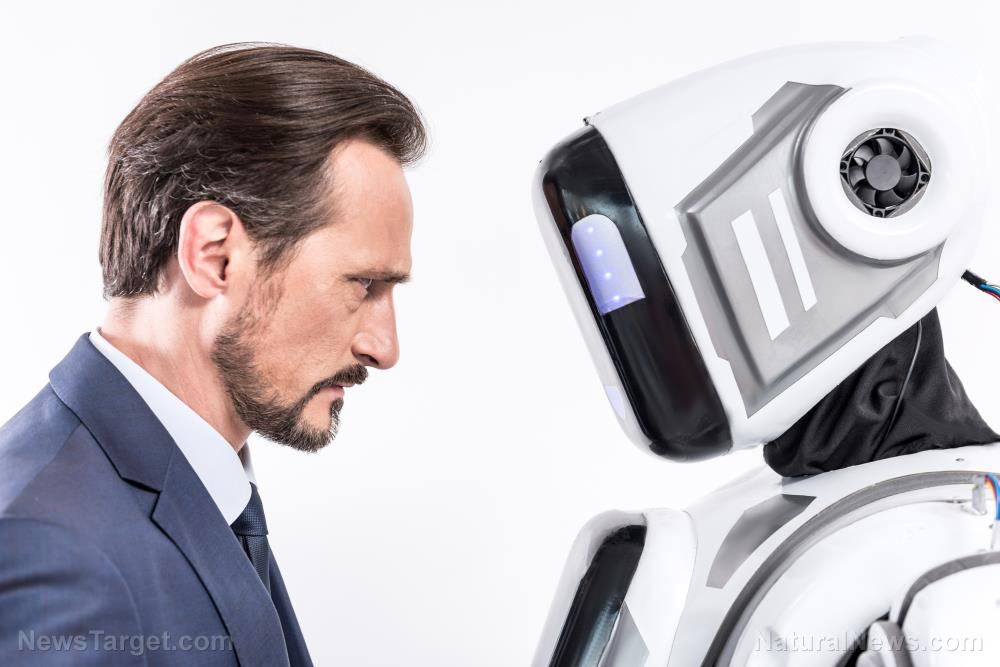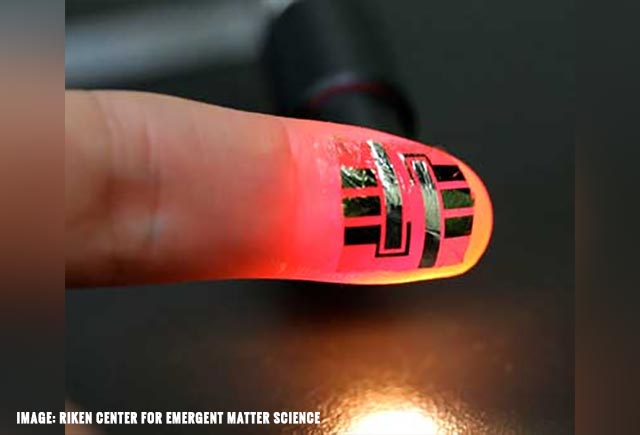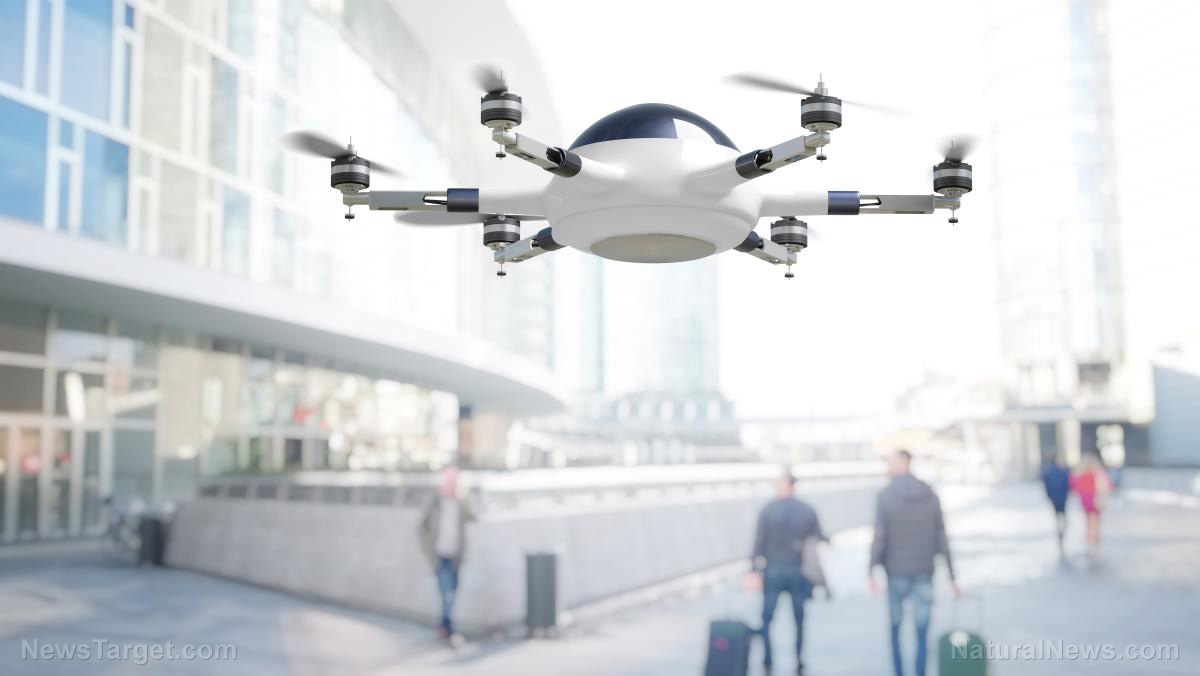The latest prototypes of flying cars do not require a pilot or piloting skills
04/16/2018 / By Edsel Cook
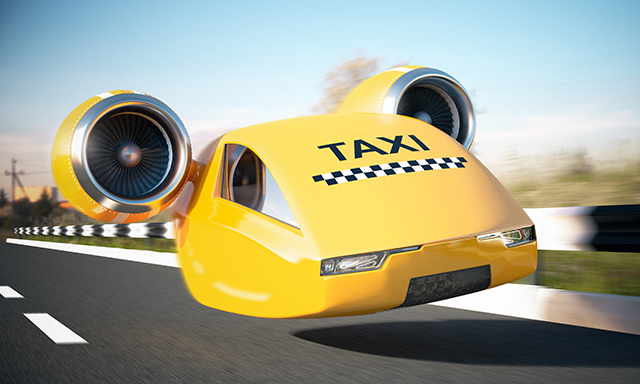
The flying car company Kitty Hawk has finally debuted a prototype vehicle. According to an article on LiveScience, its new Cora air taxi will not need piloting skills – or a pilot – to operate.
In the recent video and statement on the company website, Cora appears to be a typical small aircraft – until you look at its wings. Twelve upwards-aligned propellers give it the capability to take off and land without need for a runway. In comparison, Kitty Hawk’s earlier Flyer vehicle looked like a Jet Ski was hitching a ride aboard the big brother of a quadcopter drone. The short-ranged Flyer is more of an experimental recreation vehicle compared to the bigger, more complex Cora.
The company video describes Cora as a completely automated vehicle with a top speed of 110 mph (180 km/h) and a maximum altitude of 3,000 feet (910 meters). It is powered by electricity, and a fully-charged battery lets it fly about 60 miles (100 kilometers). Cora can carry two passengers. No piloting skills are reputedly required for its operation; the autonomous aerial vehicle relies on self-flying software.
A number of former Google employees are deeply involved in the operations of Kitty Hawk. The CEO is Sebastian Thrun, the former head of Google X who was involved with the search engine’s self-driving car years ago. Funding is provided by multi-billionaire Larry Page, who co-founded Google and is now CEO of Alphabet. (Related: China’s “megadrone” is world’s first autonomous aerial vehicle, carries passengers at 80 mph during test flights.)
Kitty Hawk claims New Zealand is perfect for air taxi service
Interestingly, Kitty Hawk has re-branded Cora as an “air taxi” instead of a “flying car”. Instead of selling the vehicle to individual users, the company will deploy it as a ridesharing service that picks up passengers on demand.
The company also discussed a plan to start such a commercial air taxi service in New Zealand in the near future. Indeed, the official statement advertises the regulatory environment in New Zealand almost as much as it promotes Cora.
According to the California-based company, New Zealand enjoys a forward-thinking regulatory environment and one of the world’s most sustainable energy ecosystems. The country derives 80 percent of its power from renewable energy and was looking into electric mobility vehicles.
In its blog posts, Kitty Hawk has also suggested that its Cora prototype could not have debuted in the U.S. even though a number of the early design milestones were achieved in California. Cora achieved its first hover in 2011 and it first flew with passengers aboard on August 2017. Both were completed in the United States.
Following that groundbreaking August flight, Kitty Hawk officially partnered with New Zealand’s Ministry of Business, Innovation and Employment (MBIE), Ministry of Transport, and Civil Air Authority. The parties signed an agreement to test Cora’s self-flight capabilities in New Zealand starting in October 2017.
The Cora air taxi has numerous safety features, including a parachute
In the official fact sheet, Kitty Hawk stressed the safety features of their air taxi. Each of the vehicle’s twelve propellers has an independent power supply, so losing one will not start a catastrophic chain of events. The flight control system is similarly robust. Cora carries three fully redundant computers and only needs one operational unit to navigate itself. Finally, in case of the unthinkable, Cora is equipped with a parachute that can halt its fall and protect its passengers from injury.
Zephyr Airworks is operating Cora in New Zealand on behalf of Kitty Hawk. The two companies have not yet released a timeline when the air taxi can finally start shuttling paying passengers across the country.
Read more articles about air taxis, autonomous vehicles and the like at FutureScienceNews.com.
Sources include:
Tagged Under: air taxi, air taxi service, autonomous aerial vehicle, commercial air taxi, drone, electric mobility vehicles, energy ecosystems, experimental recreation vehicle, flying car, flying cars, future tech, prototype vehicle, quadcopters, Rideshare, Ridesharing, self-flight capabilities, sustainable energy ecosystem, transportation

